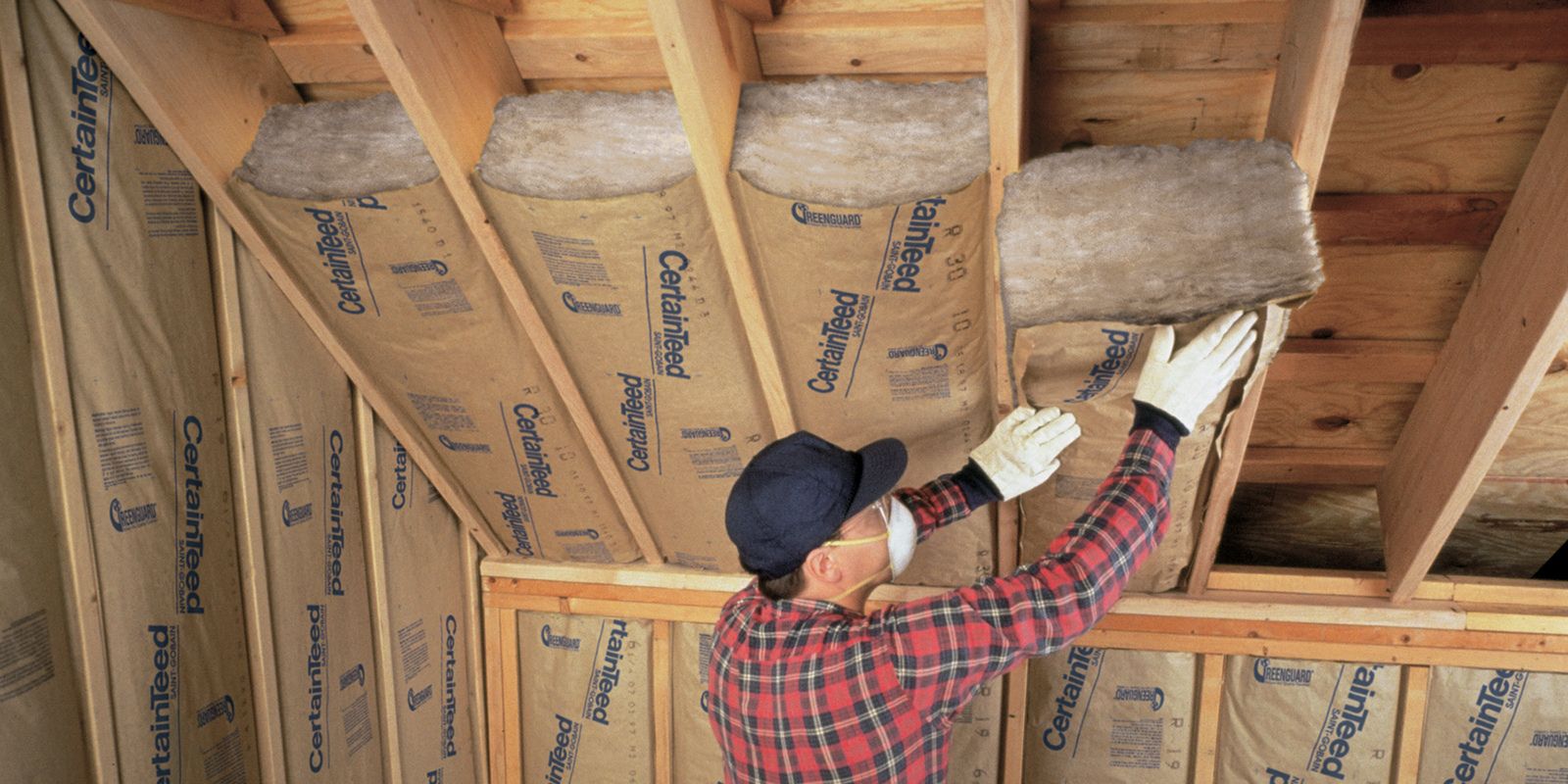

Articles
What Is A Vapor Barrier For Insulation
Modified: December 7, 2023
Learn all about vapor barriers for insulation in this informative article. Understand the importance and benefits of using vapor barriers to protect your property.
(Many of the links in this article redirect to a specific reviewed product. Your purchase of these products through affiliate links helps to generate commission for Storables.com, at no extra cost. Learn more)
Introduction
A vapor barrier is a crucial component when it comes to insulating buildings and homes. It is a material that is used to prevent the movement of moisture through walls, floors, and ceilings. By creating a barrier against moisture, a vapor barrier helps to maintain the integrity of the insulation and prevent potential damage caused by condensation.
In this article, we will delve into the world of vapor barriers, exploring their purpose, types, benefits, and debunking common misconceptions. We will also provide some installation tips to ensure that you can effectively incorporate a vapor barrier into your insulation project.
Understanding the role of a vapor barrier is essential for homeowners, contractors, and anyone involved in construction or insulation projects. Let’s dive right in and explore what a vapor barrier is and why it is so important.
Key Takeaways:
- Vapor barriers are essential for controlling moisture, preventing mold, improving energy efficiency, and enhancing indoor air quality. Proper installation and material selection are crucial for maximizing their effectiveness.
- While vapor barriers offer numerous benefits, they are not always necessary in every scenario. Consulting with professionals and considering specific building conditions is key to determining the appropriate use of vapor barriers.
Read more: What Is A Vapor Barrier In A Crawl Space
What is a Vapor Barrier?
A vapor barrier, also known as a moisture barrier, is a material specifically designed to impede the movement of moisture through walls, floors, and ceilings. It acts as a shield, preventing water vapor from passing through the building envelope and into the insulation or living spaces.
Vapor barriers are commonly used in areas where there is a significant difference in temperature and humidity levels between the inside and outside of a building. In colder climates, for example, warm moist air from the interior can penetrate the walls and condense into water when it comes into contact with the colder air outside. This can lead to a host of problems, including mold growth, wood rot, and reduced energy efficiency.
The primary function of a vapor barrier is to control moisture diffusion by reducing the amount of water vapor that can pass through a building assembly. It helps to maintain the balance between indoor and outdoor humidity levels, ensuring the longevity and efficacy of the insulation system.
Vapor barriers are typically made from impermeable materials such as polyethylene plastic, foil, or asphalt-coated kraft paper. These materials have a low moisture vapor transmission rate (MVTR), meaning they offer a high resistance to the movement of moisture. The choice of vapor barrier material depends on various factors such as climate, building design, and budget.
It is important to note that a vapor barrier differs from an air barrier. While a vapor barrier prevents the transmission of moisture vapor, an air barrier is responsible for stopping airflow. Both barriers play critical roles in maintaining a comfortable and energy-efficient indoor environment, but they serve different purposes.
In the next section, we will discuss the purpose of a vapor barrier in more detail.
The Purpose of a Vapor Barrier
The main purpose of a vapor barrier is to control the movement of moisture vapor through a building’s envelope. By preventing the penetration of moisture, a vapor barrier helps to protect the insulation and structural components of a building from potential damage and deterioration. Here are some key purposes of a vapor barrier:
- Moisture control: One of the primary functions of a vapor barrier is to control the amount of moisture that enters the insulation system. Moisture can seep into walls, floors, and ceilings through diffusion, air leakage, or water leaks. A vapor barrier acts as a barrier, reducing moisture transfer and preventing condensation within the building envelope.
- Mold prevention: Excessive moisture can create a favorable environment for mold growth. Mold not only damages the structural integrity of a building but also poses serious health risks. A properly installed vapor barrier helps to minimize the risk of mold and mildew by preventing moisture from reaching the insulation and creating a damp environment.
- Energy efficiency: Uncontrolled moisture movement can affect the thermal performance of insulation. Water vapor in the insulation cavity can reduce its R-value, which is a measure of its resistance to heat flow. A vapor barrier helps to maintain the insulation’s effectiveness by reducing heat loss or heat gain caused by moisture diffusion.
- Structural durability: Moisture can lead to the deterioration of building materials, especially wood and metal. Wood can rot, while metal components can corrode when exposed to high levels of moisture. A vapor barrier acts as a protective layer, preventing moisture from reaching these vulnerable structural elements and increasing their longevity.
- Indoor air quality: Excessive moisture can contribute to poor indoor air quality, causing musty odors, respiratory issues, and the spread of allergens. By controlling moisture levels, a vapor barrier helps to maintain a healthy and comfortable indoor environment.
It is important to note that the purpose and effectiveness of a vapor barrier can vary depending on the specific climate and building conditions. In some cases, a vapor retarder may be more appropriate, allowing for some controlled moisture transmission. Consulting with a professional or building code requirements can help determine the best solution for your specific scenario.
Different Types of Vapor Barriers
There are several types of vapor barriers you can choose from, each with its own characteristics and suitability for different applications. The choice of vapor barrier depends on factors such as climate, building design, and budget. Here are some commonly used types of vapor barriers:
- Polyethylene Plastic: Polyethylene plastic is one of the most popular materials used for vapor barriers. It is affordable, easy to install, and has a low moisture vapor transmission rate (MVTR). Polyethylene plastic sheets are available in various thicknesses and can be used in walls, floors, and ceilings.
- Foil-Faced Vapor Barriers: Foil-faced vapor barriers consist of a layer of aluminum foil laminated to a substrate material. The foil helps to reflect radiant heat and acts as a barrier against moisture vapor. Foil-faced vapor barriers are commonly used in climates with high radiant heat transfer.
- Asphalt-Coated Kraft Paper: Asphalt-coated kraft paper vapor barriers are another cost-effective option. They consist of a layer of kraft paper coated with asphalt to provide moisture resistance. These vapor barriers are commonly used in walls and roofs.
- Vapor Retarder Paints: Vapor retarder paints are a liquid-applied option for creating a vapor barrier. These paints contain special additives that reduce the permeability of water vapor. Vapor retarder paints are typically used on interior surfaces such as drywall and plaster.
- Spray Foam Insulation: Spray foam insulation can act as both insulation and a vapor barrier. When applied correctly, it forms an airtight seal, preventing the movement of air and moisture. Spray foam is commonly used in attics, crawl spaces, and exterior walls.
It’s important to consider factors such as the required perm rating (a measure of a material’s resistance to moisture transfer) and compatibility with other building materials when choosing a vapor barrier. Consulting with a professional can help you determine the best type of vapor barrier for your specific project.
How Vapor Barriers Work
Vapor barriers work by creating a physical barrier that prevents the movement of moisture vapor through a building’s envelope. These barriers are installed on the warm side of the insulation, facing the interior of the building. Here’s a breakdown of how vapor barriers work:
- Controlling Moisture Diffusion: Moisture vapor naturally moves from areas of higher concentration to areas of lower concentration. In the case of a building, the warm and humid interior has a higher concentration of moisture compared to the cooler exterior. A vapor barrier helps to slow down or block the movement of moisture vapor, preventing it from entering the insulation and other building components.
- Reducing Condensation: When warm moist air comes into contact with a cold surface, it can condense into water droplets. This condensation can lead to moisture-related issues such as mold growth and material deterioration. A properly installed vapor barrier helps to keep the insulation and other building materials dry by minimizing condensation.
- Creating a Pressure Barrier: In addition to controlling moisture diffusion, a vapor barrier also acts as a pressure barrier. It helps to maintain a balanced pressure differential between the interior and exterior of the building. This pressure equilibrium prevents the forceful movement of air and moisture through the building envelope, reducing energy loss and improving indoor comfort.
- Ensuring Proper Installation: To maximize the effectiveness of a vapor barrier, proper installation is crucial. The seams and edges of the vapor barrier should be sealed to create a continuous barrier. Any punctures or holes in the vapor barrier should be repaired to maintain its integrity. It is also important to ensure that the vapor barrier is installed on the warm side of the insulation, facing the heated interior.
It’s worth noting that while vapor barriers are effective in controlling moisture diffusion, they are not meant to completely eliminate all moisture. They are designed to manage and reduce moisture levels to acceptable levels, protecting the building and its occupants from moisture-related issues.
Understanding how vapor barriers work is essential when incorporating them into your insulation project. Consult with professionals to ensure proper installation and make informed decisions about the type and placement of vapor barriers for your specific climate and building conditions.
A vapor barrier is a material used to prevent moisture from passing through the insulation. It is typically installed on the warm side of the insulation to prevent condensation and potential damage to the building materials.
Read more: What Is Radiant Barrier Insulation
Benefits of Using a Vapor Barrier
Using a vapor barrier in your building or insulation project offers several important benefits. These barriers serve as an essential component in maintaining the structural integrity, energy efficiency, and overall comfort of a building. Here are some key benefits of using a vapor barrier:
- Moisture Control: The primary function of a vapor barrier is to control the movement of moisture through the building envelope. By preventing moisture from entering the insulation and other building components, a vapor barrier helps to mitigate the risk of moisture damage, such as mold growth, decay, and rot.
- Mold Prevention: Excessive moisture can create a conducive environment for mold and mildew growth. Mold not only damages the building materials but also poses health risks. By reducing moisture levels and creating a barrier against moisture intrusion, a vapor barrier helps to minimize the risk of mold growth and improves indoor air quality.
- Energy Efficiency: A properly installed vapor barrier can enhance the energy efficiency of a building. By reducing the movement of moisture and air, vapor barriers help to maintain the insulation’s performance. This, in turn, reduces heat loss or gain through the building envelope, leading to lower energy consumption and improved HVAC efficiency.
- Improved Durability: Moisture is the enemy of building materials such as wood and metal. It can cause warping, rot, corrosion, and other forms of deterioration. By blocking moisture ingress, a vapor barrier helps to protect these vulnerable materials, increasing their durability and lifespan.
- Enhanced Indoor Comfort: Excessive moisture in a building can lead to uncomfortable and unpleasant living conditions. It can result in musty odors, dampness, and the growth of allergens. With the help of a vapor barrier, indoor moisture levels can be controlled, creating a healthier and more comfortable living environment.
- Long-Term Cost Savings: While the upfront cost of installing a vapor barrier may seem significant, the long-term cost savings can outweigh the initial investment. By preventing moisture-related damage and reducing energy consumption, a vapor barrier helps to avoid costly repairs and lowers utility bills over time.
It is important to note that the benefits of using a vapor barrier depend on proper installation and adherence to building codes and best practices. Consulting with professionals and following recommended guidelines will ensure the maximum effectiveness of the vapor barrier in your specific project.
When to Use a Vapor Barrier
Knowing when to use a vapor barrier is crucial for ensuring effective moisture control and protecting the longevity of your building and insulation. While vapor barriers are beneficial in many scenarios, they are not always necessary or appropriate. Here are some guidelines for when to use a vapor barrier:
- Cold Climates: Vapor barriers are particularly important in climates where there is a significant temperature difference between the interior and exterior of a building. In colder climates, warm moist air from the interior can condense when it comes into contact with the colder exterior. Installing a vapor barrier helps to prevent this condensation and subsequent moisture damage.
- Humid Environments: High humidity levels can lead to excessive moisture in a building. In humid environments, a vapor barrier is crucial in controlling moisture diffusion and preventing the potential for mold growth, material decay, and indoor air quality issues.
- Air Conditioning: Buildings with air conditioning systems can benefit from vapor barriers. The cooling process can cause moisture to form on the evaporator coils, and a vapor barrier helps to prevent this moisture from seeping into the building’s structure and insulation.
- Insulation Systems: Vapor barriers are typically used in conjunction with insulation systems. The impermeability of the vapor barrier helps to maintain the insulation’s performance by preventing moisture from infiltrating and degrading its effectiveness.
- Wall and Roof Assemblies: In construction, vapor barriers are commonly used in wall and roof assemblies. They are installed on the warm side of the assembly, facing the interior, to control moisture diffusion and prevent condensation within the structure.
- Customized Building Codes: Building codes and regulations may mandate the use of vapor barriers in certain regions or building types. It is important to consult local building codes and seek professional advice to ensure compliance and the use of appropriate vapor barrier materials.
However, it’s worth noting that not all buildings or scenarios require a vapor barrier. In some cases, a vapor retarder or a more permeable material might be more suitable. Consulting with professionals, such as architects, engineers, and insulation specialists, can help determine the best approach for your specific project and climate.
Ultimately, the decision to use a vapor barrier should be based on a thorough understanding of the building’s environmental conditions, construction methods, and the recommendations of experts in the field.
Common Misconceptions about Vapor Barriers
There are several misconceptions surrounding vapor barriers that can lead to confusion and potentially impact the effectiveness of insulation systems. It’s important to debunk these misunderstandings to ensure accurate knowledge and informed decisions. Here are some common misconceptions about vapor barriers:
- Vapor Barriers Cause Moisture Trapping: One common misconception is that vapor barriers trap moisture in the walls, leading to mold growth and decay. In reality, vapor barriers are designed to prevent the infiltration of moisture, not to trap existing moisture. Properly installed vapor barriers create a barrier against moisture diffusion, ensuring the longevity and performance of insulation systems.
- Vapor Barriers are Always Necessary: While vapor barriers are beneficial in certain climates and scenarios, they are not always necessary. In mild climates or in buildings with adequate ventilation and moisture control measures, a vapor barrier may not be required. It is important to assess the specific building conditions and consult with professionals to determine the necessity of a vapor barrier.
- Paint Can Serve as a Vapor Barrier: Some people believe that painting a surface with moisture-resistant paint can act as a vapor barrier. While certain paints may have vapor retarding properties, they are not equivalent to a proper vapor barrier. Vapor barriers are made of specific materials and installed with proper sealing techniques to effectively control moisture diffusion.
- Vapor Barriers Eliminate All Moisture: Another misconception is that a vapor barrier completely eliminates all moisture from entering a building. Vapor barriers are designed to control moisture diffusion and minimize the risk of condensation, but they cannot completely eliminate all moisture. They help to manage moisture levels within acceptable limits, protecting the building and its components from excessive moisture damage.
- One Size Fits All: There is no “one-size-fits-all” approach when it comes to vapor barriers. The choice of vapor barrier material, permeability, and location can vary depending on factors such as climate, building design, and the insulation system being used. It is essential to consider these factors and consult with professionals to determine the most appropriate vapor barrier solution for a specific project.
It is crucial to base decisions regarding vapor barriers on accurate information and professional guidance. By debunking these common misconceptions, we can ensure that vapor barriers are used effectively and contribute to the integrity and performance of insulation systems.
Installation Tips for Vapor Barriers
Proper installation of a vapor barrier is essential to ensure its effectiveness in controlling moisture and protecting your building’s structure. Here are some important tips to keep in mind when installing a vapor barrier:
- Start with a Properly Prepared Surface: Before installing a vapor barrier, ensure that the surface is clean, dry, and free of any debris or damage. Any moisture or contaminants on the surface can compromise the integrity of the vapor barrier and reduce its effectiveness.
- Choose the Right Material: Select a vapor barrier material that is appropriate for your specific project and climate. Consider the perm rating (moisture permeability) of the material and make sure it aligns with the recommended requirements for your building assembly.
- Position the Vapor Barrier Correctly: Vapor barriers are typically installed on the warm side of the insulation, facing the interior of the building. This placement helps to prevent moisture-laden air from reaching the cooler areas and condensing into water. Make sure the vapor barrier covers the entire insulated area, including walls, floors, and ceilings.
- Seal the Seams and Edges: Properly seal the seams and edges of the vapor barrier to create a continuous barrier. Use an appropriate tape or adhesive to ensure a tight seal and prevent any gaps where moisture can penetrate. This step is crucial for the overall effectiveness of the vapor barrier.
- Consider Structural Penetrations: Take into account any structural penetrations, such as pipes, electrical outlets, or windows, in the installation of the vapor barrier. Ensure these areas are properly sealed and that the vapor barrier is continuous around them to prevent moisture intrusion.
- Inspect for Punctures or Damage: Regularly inspect the vapor barrier for any punctures, holes, or damage. Even a small opening can compromise its performance. Repair any damage promptly to maintain the integrity of the vapor barrier.
- Integrate with Air Barrier Systems: Coordinate the installation of the vapor barrier with your air barrier system to ensure proper integration. The vapor barrier helps to control moisture while the air barrier system prevents air leakage, providing a comprehensive approach to maintaining a comfortable and energy-efficient building.
- Follow Local Building Codes and Guidelines: Consult local building codes and standards to ensure compliance with vapor barrier installation requirements specific to your area. Building codes may specify certain thicknesses, materials, or installation methods that must be followed.
Remember that proper installation is critical to the effectiveness of the vapor barrier, so if you are unsure about any aspect of the process, it’s always advisable to consult with professionals who have expertise in vapor barrier installation.
By following these installation tips, you can ensure that your vapor barrier performs optimally, controlling moisture and protecting your building from potential damage.
Read more: How To Add A Vapor Barrier To Attic
Conclusion
Vapor barriers play a vital role in controlling moisture and preserving the structural integrity of buildings. By impeding the movement of moisture vapor, vapor barriers help to prevent condensation, mold growth, and decay, ensuring a healthier and more durable indoor environment.
Understanding the purpose and benefits of vapor barriers is crucial for homeowners, contractors, and anyone involved in insulation projects. By choosing the appropriate vapor barrier material, installing it correctly, and following local building codes, you can optimize the effectiveness of the vapor barrier and protect your investment.
However, it’s important to note that vapor barriers are not always necessary in every scenario. Factors such as climate, building design, and ventilation systems should be considered when deciding whether or not to use a vapor barrier. Consulting with professionals who are knowledgeable in insulation practices can help you make informed decisions that align with your specific needs and circumstances.
Remember, the installation of a vapor barrier is just one part of a comprehensive moisture management strategy. It should be integrated with other building components, such as air barriers and proper ventilation, to ensure optimal performance and energy efficiency.
In conclusion, vapor barriers are valuable tools for controlling moisture and preserving the long-term integrity of buildings. By understanding their purpose, choosing the right materials, and following proper installation techniques, you can enhance the effectiveness of insulation systems and create a healthier, more comfortable living environment.
Frequently Asked Questions about What Is A Vapor Barrier For Insulation
Was this page helpful?
At Storables.com, we guarantee accurate and reliable information. Our content, validated by Expert Board Contributors, is crafted following stringent Editorial Policies. We're committed to providing you with well-researched, expert-backed insights for all your informational needs.
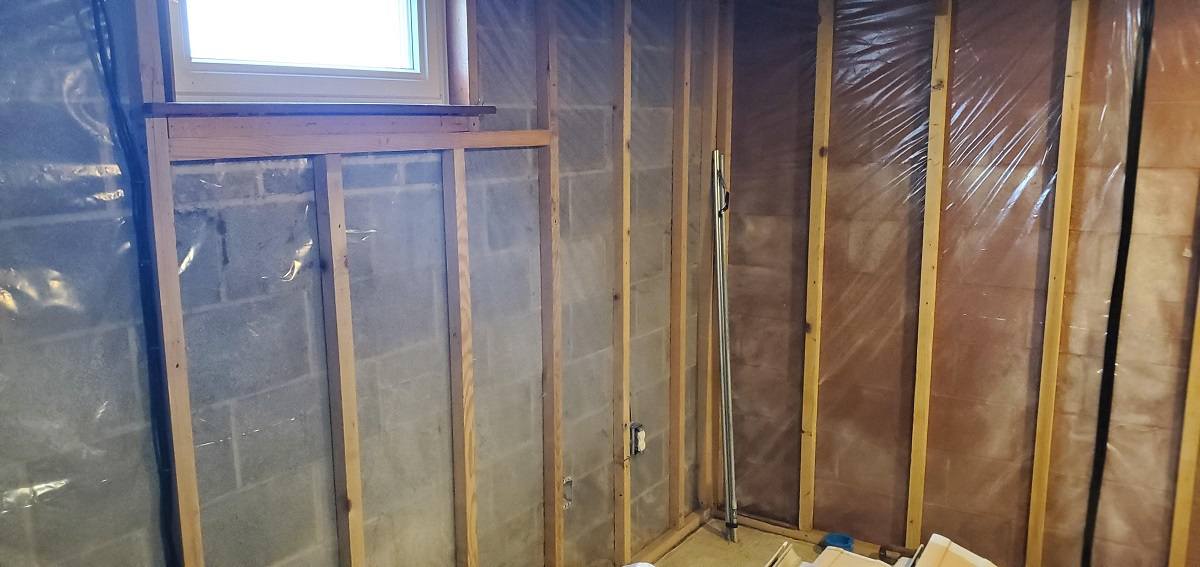
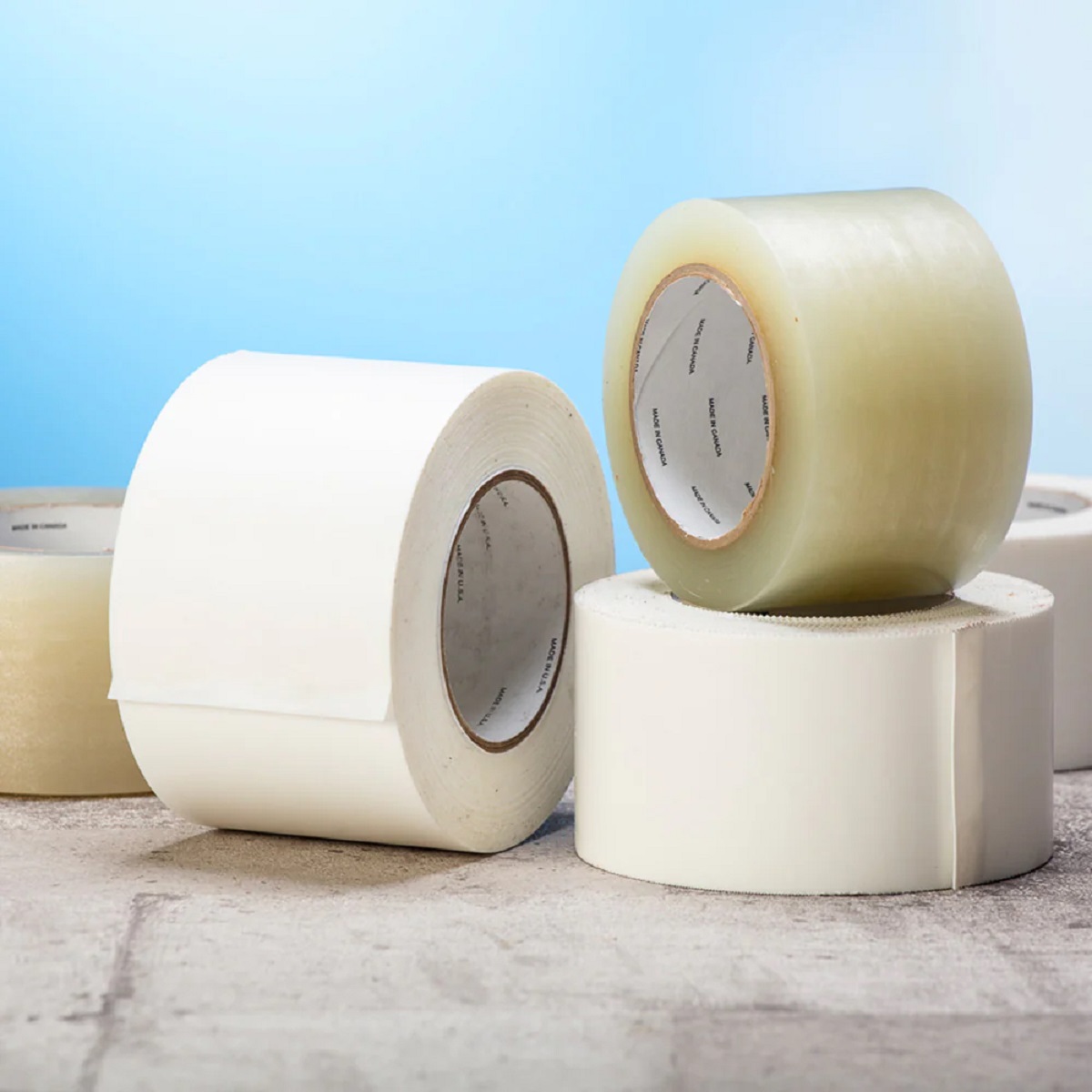
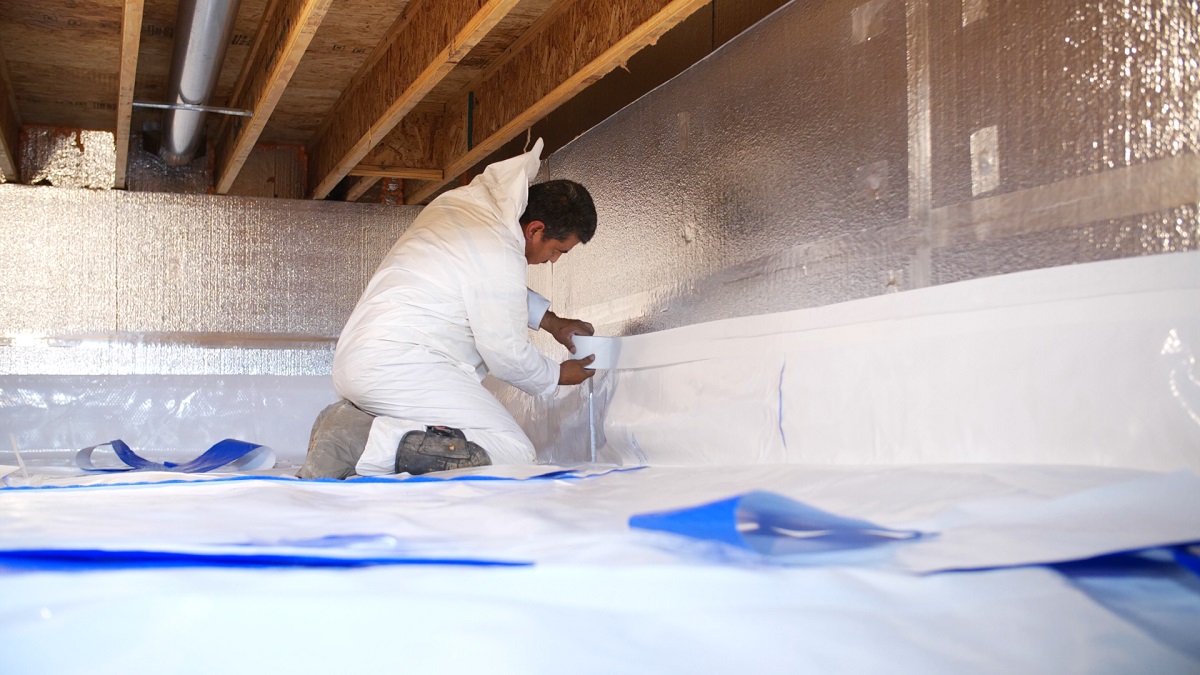
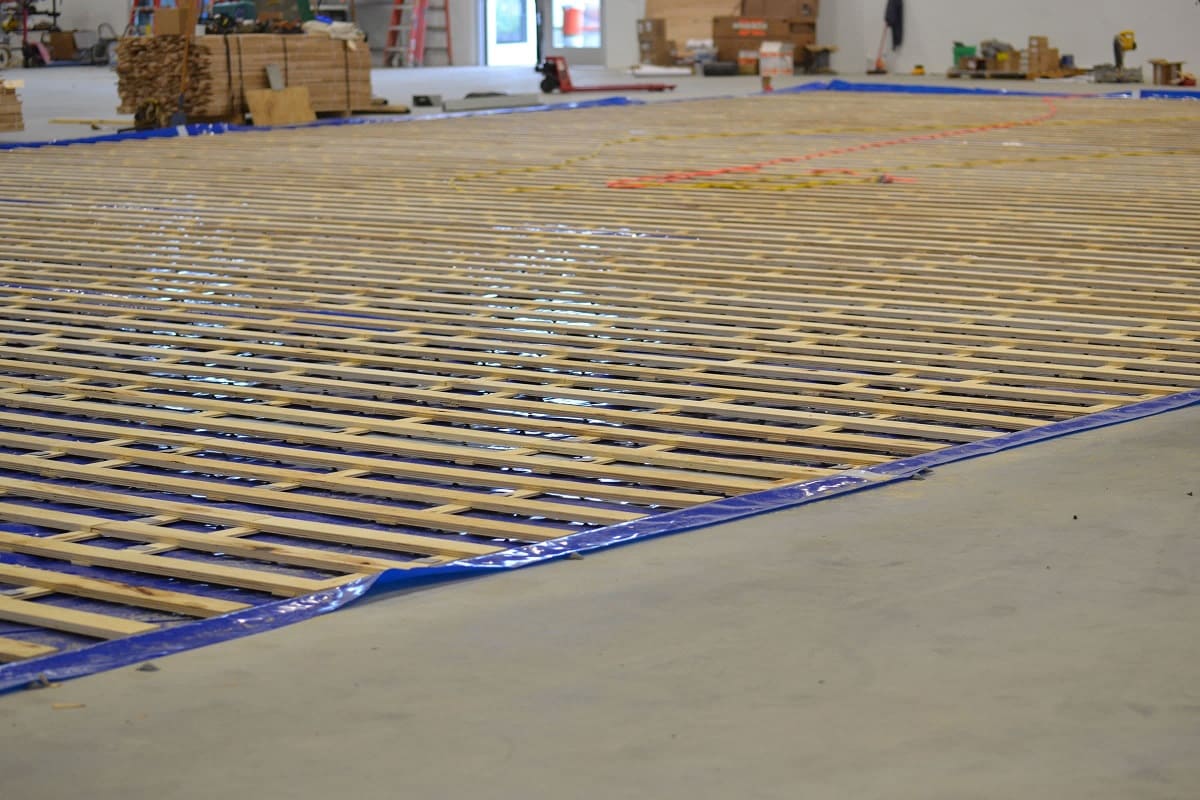
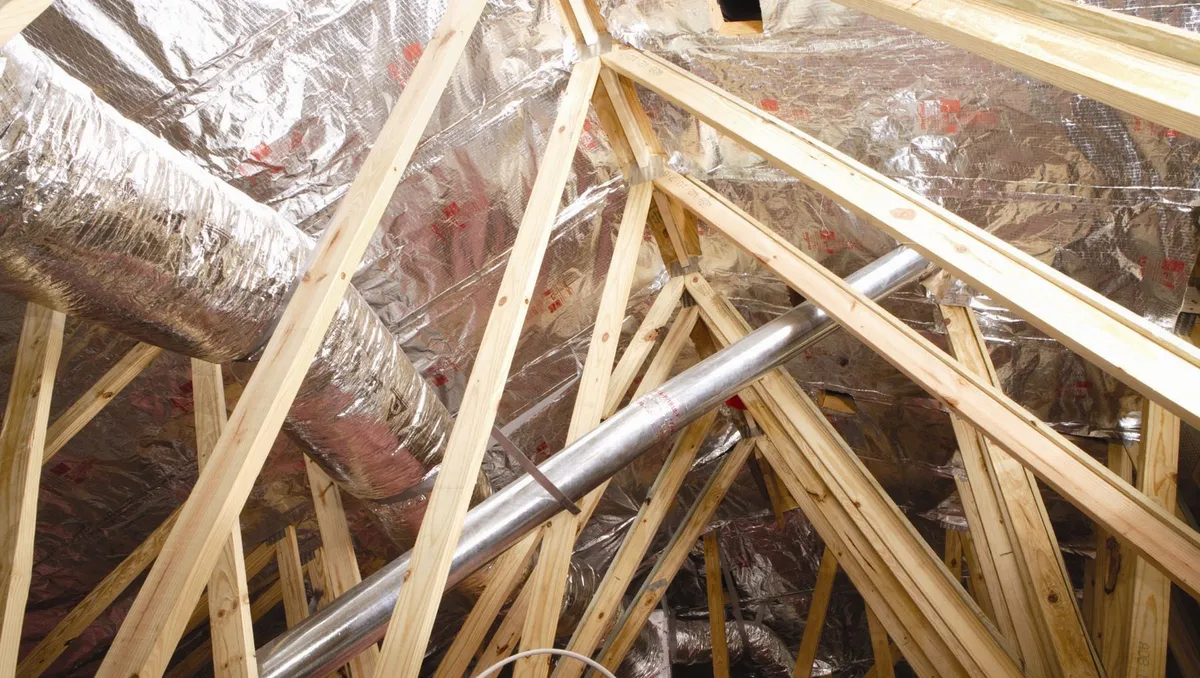
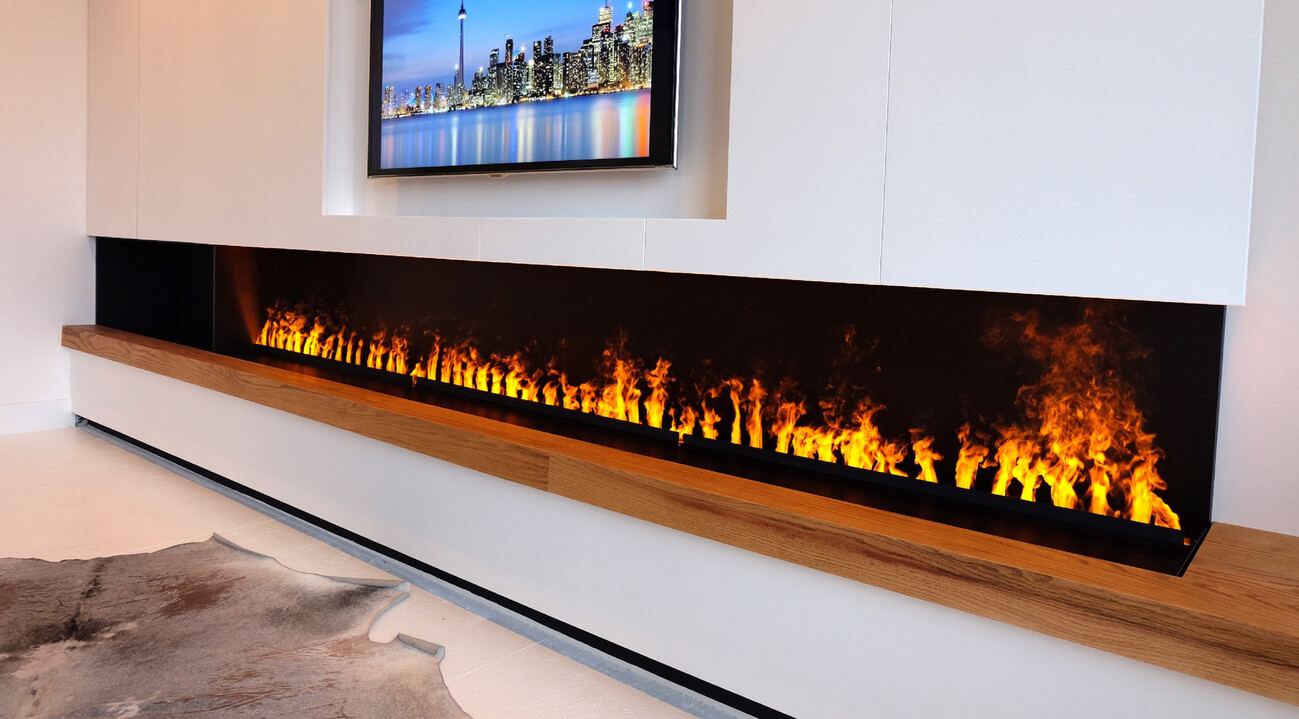
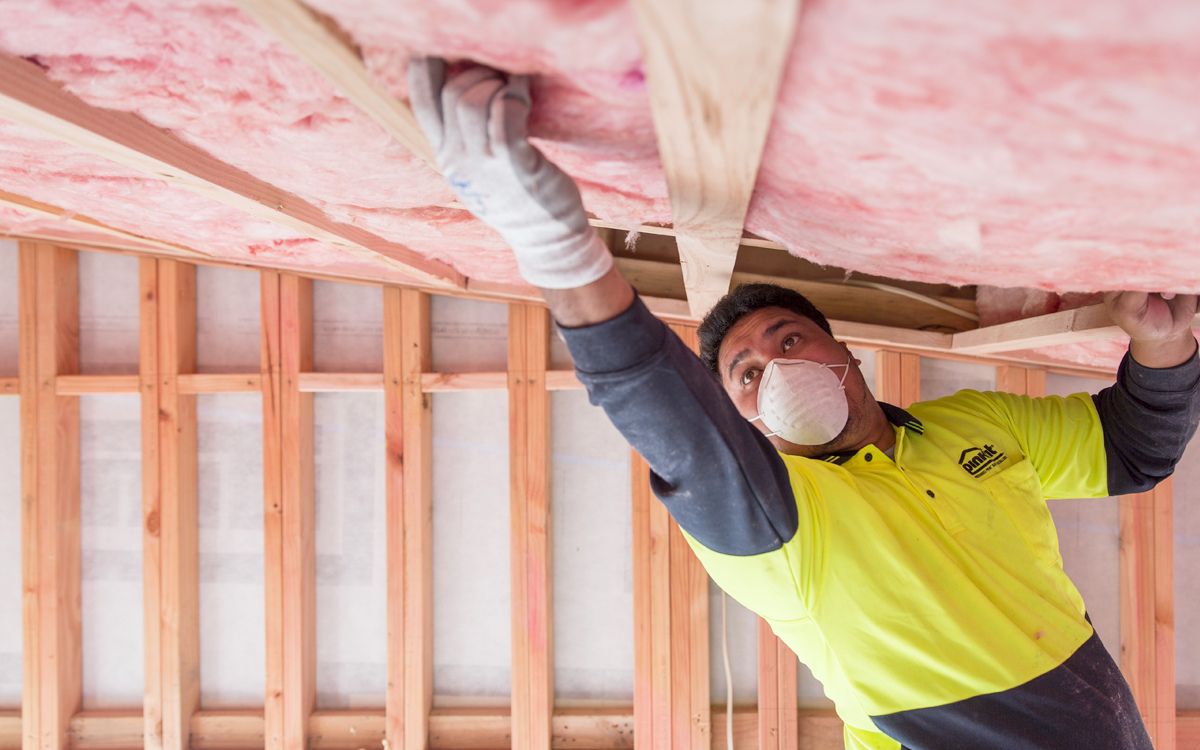
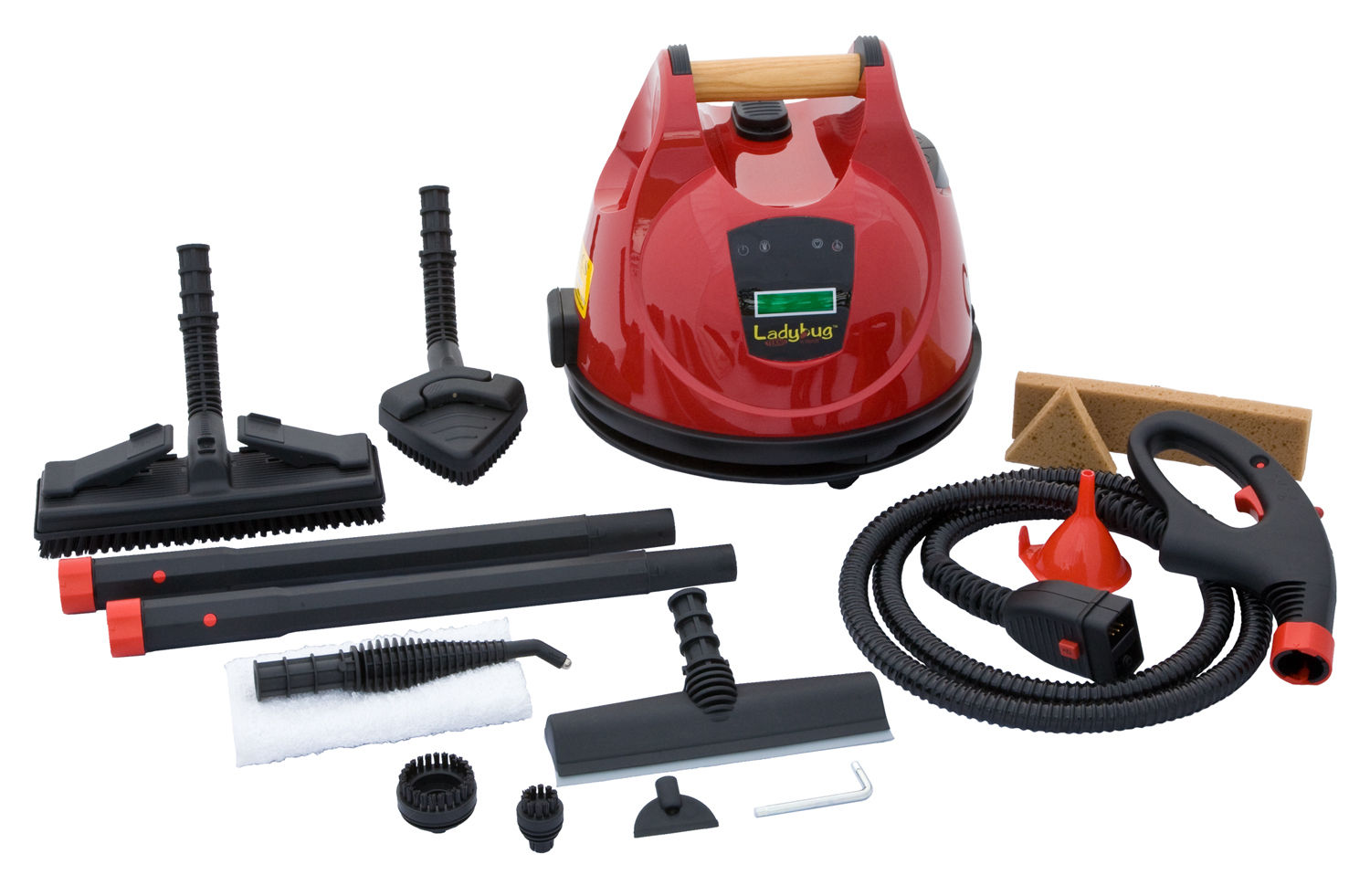
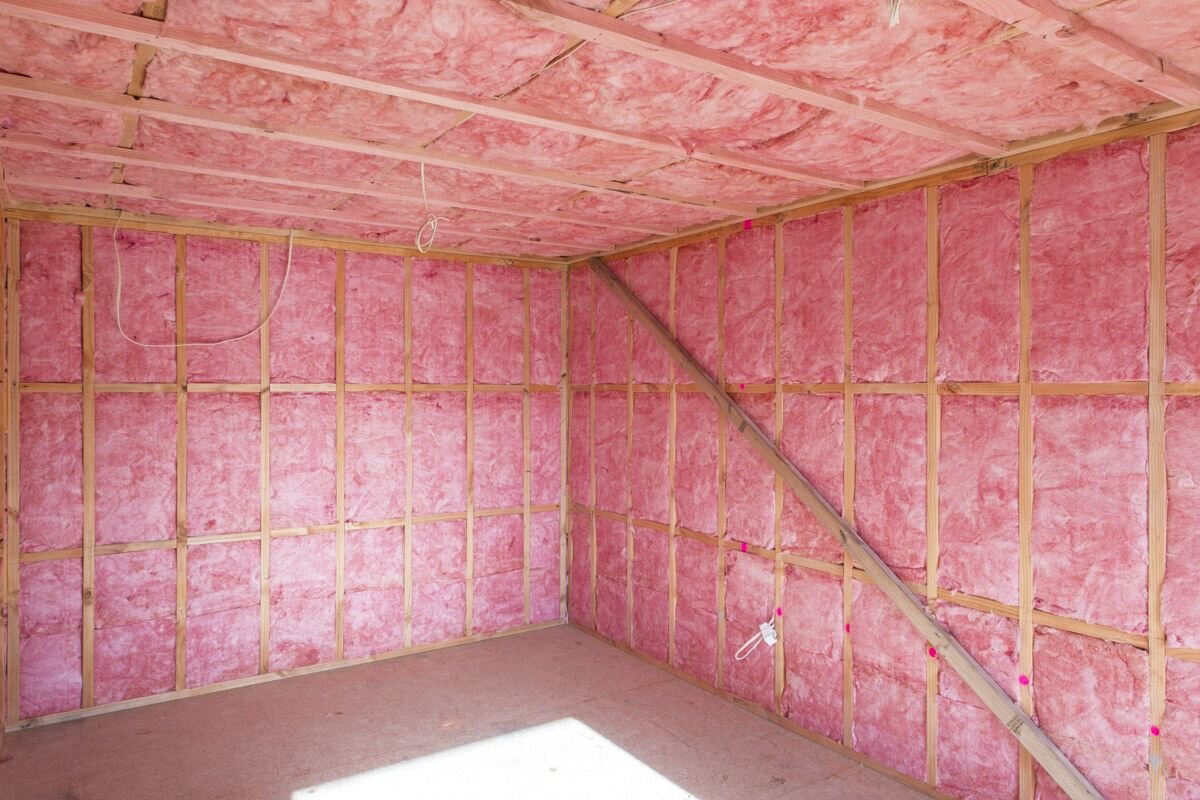
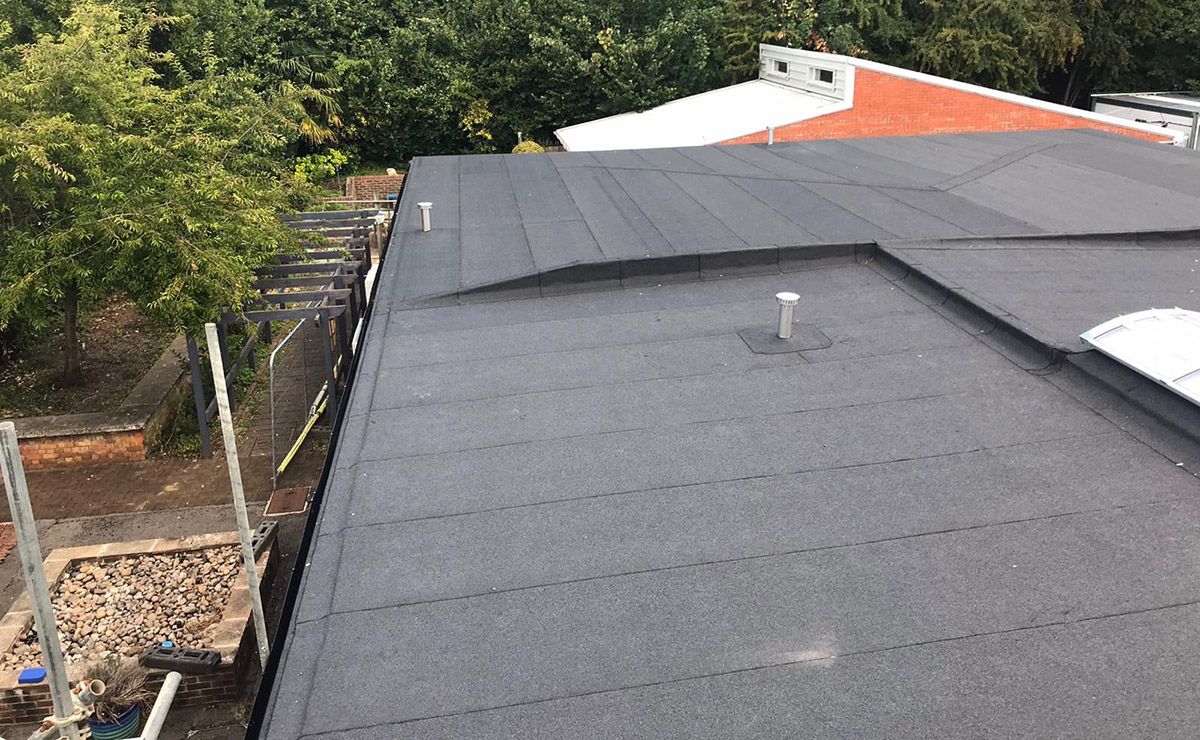
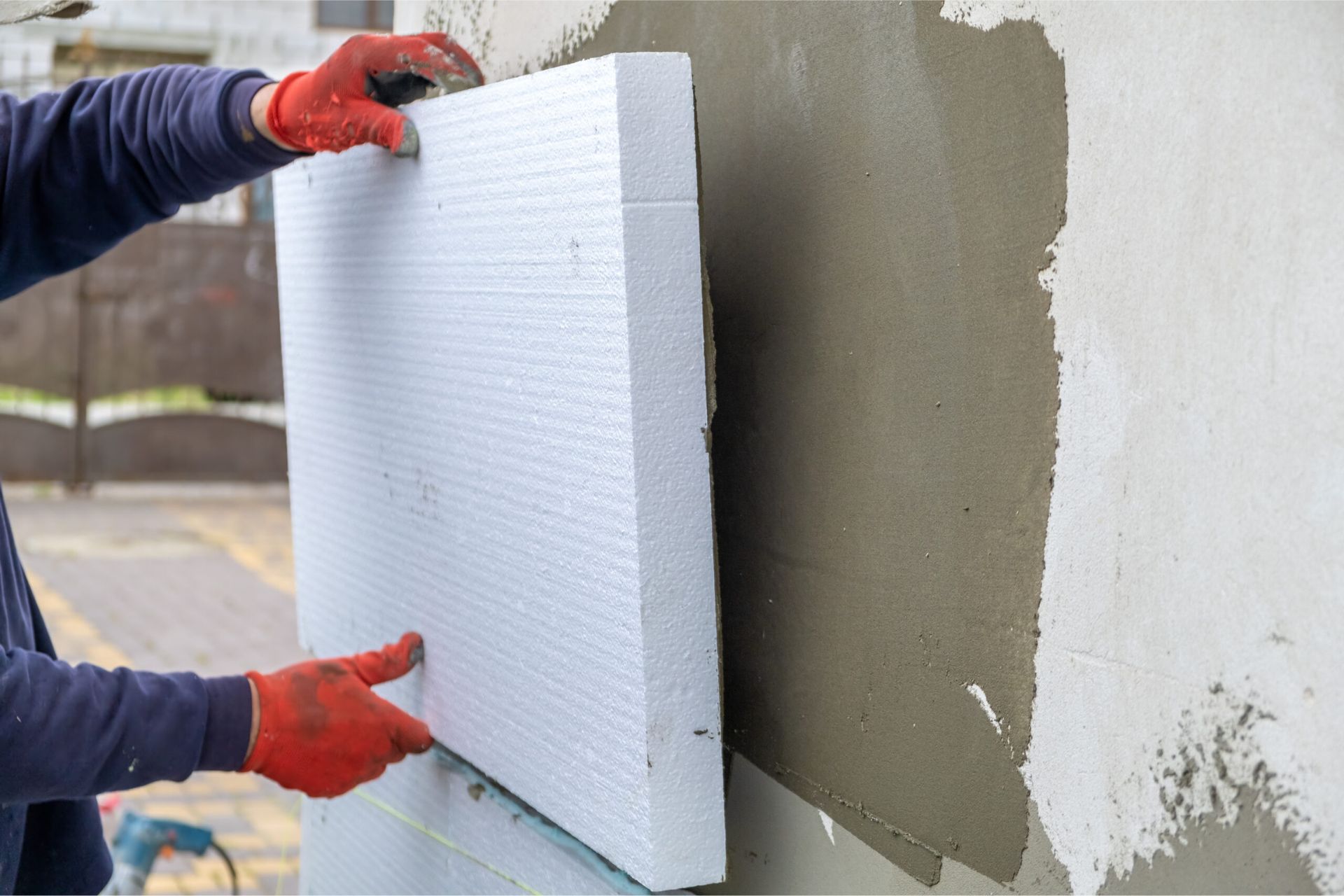
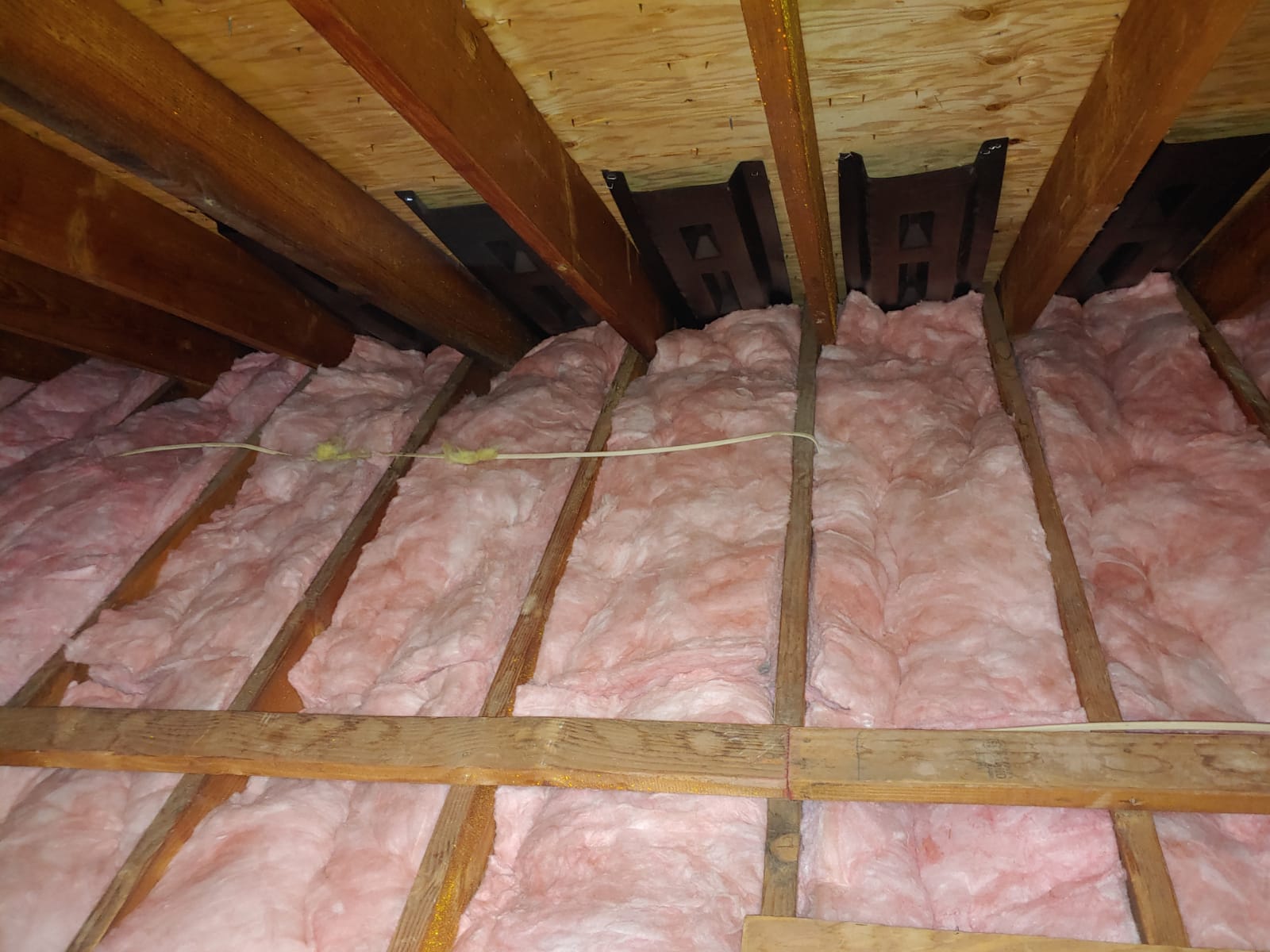
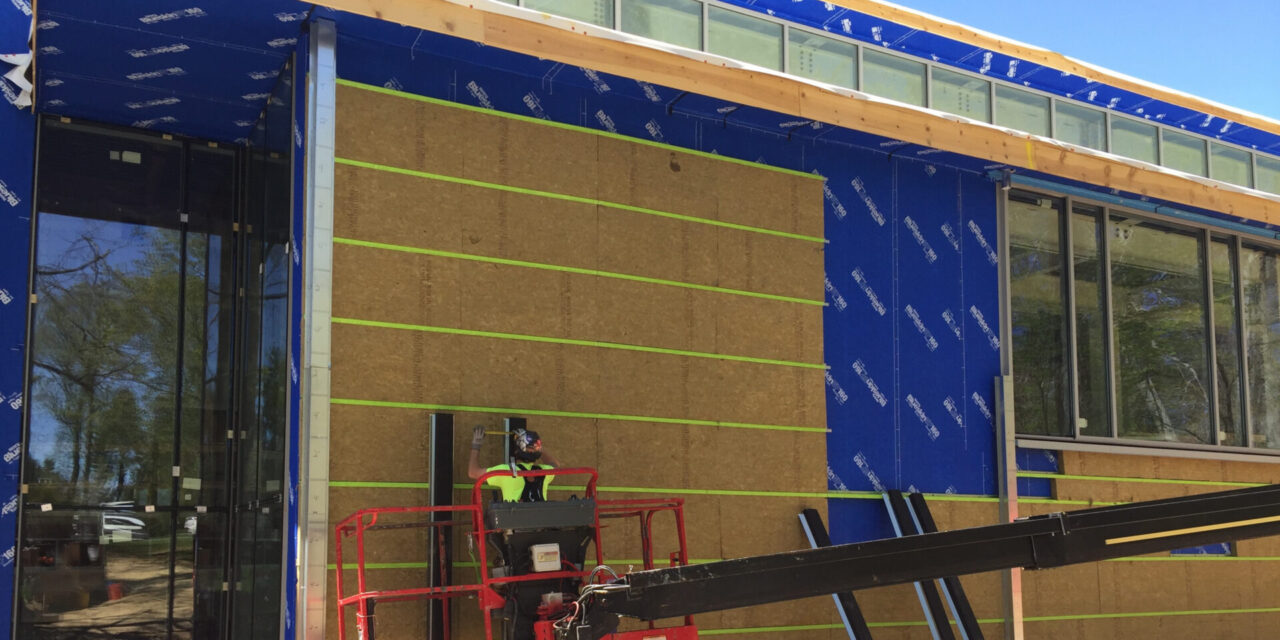

0 thoughts on “What Is A Vapor Barrier For Insulation”